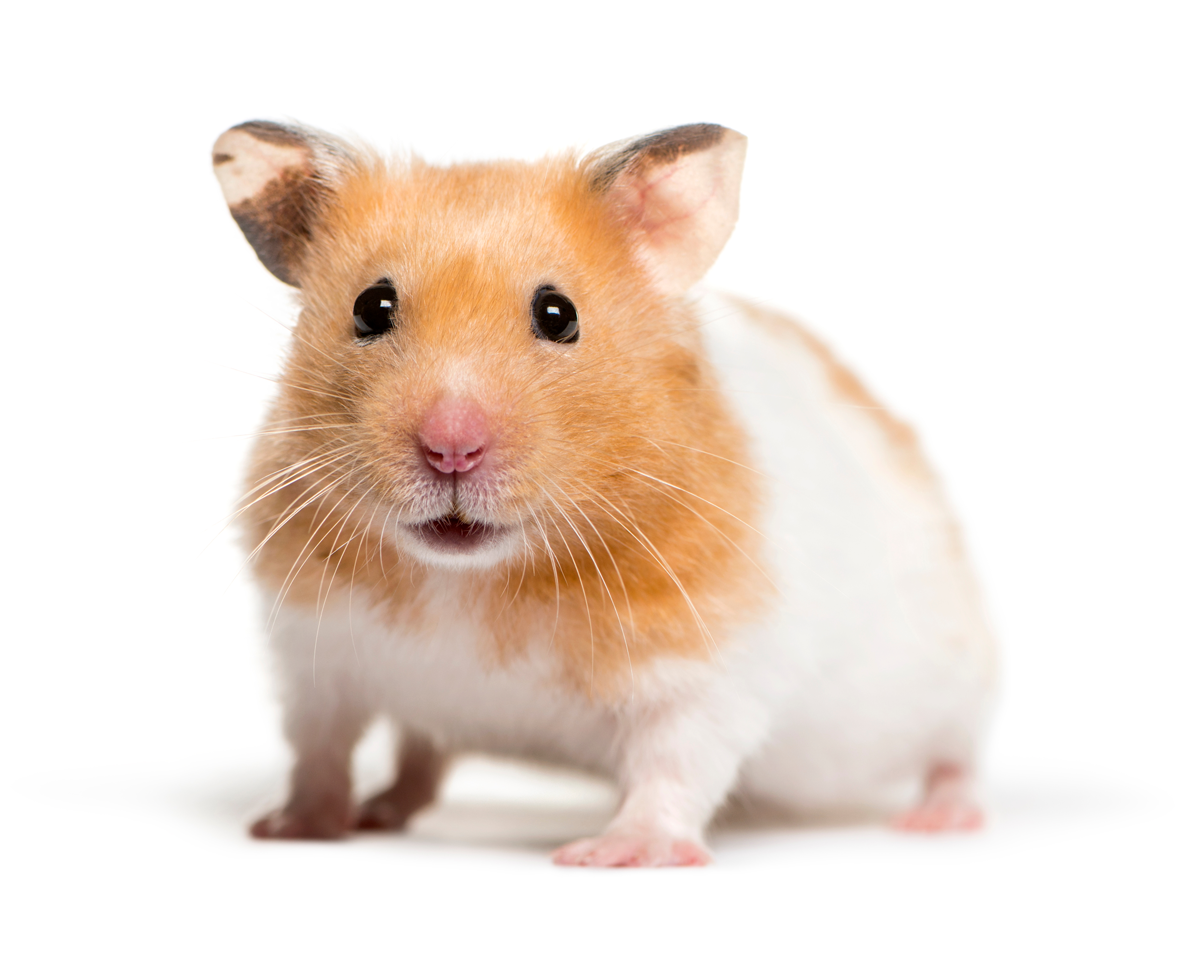Exploring Pet Hamster Breeds
Hamsters make delightful pets, and understanding different hamster breeds will help you choose the one that best suits your lifestyle and preferences. In this article, we will explore various pet hamster breeds, their characteristics, care needs, and personalities. Whether you’re a first-time hamster owner or a seasoned enthusiast, learning about these adorable creatures is important for their care and well-being.
Common Pet Hamster Breeds
Among the many pets hamsters available, the most common breeds include the Syrian, Dwarf Campbell Russian, Roborovski, and Winter White hamsters. Each breed exhibits unique characteristics, making them appealing to different types of pet owners. Understanding these differences can help you choose the right pet for your home.
Syrian Hamster
The **Syrian hamster**, also known as the golden hamster, is one of the most popular pet hamster breeds. They are solitary creatures and thrive when kept alone in their habitats. Syrian hamsters typically weigh around 4 to 5 ounces and have a lifespan of about 2 to 3 years. They come in various colors and fur types, including short-haired, long-haired, and even teddy bear variations. Their gentle and friendly nature makes them suitable for children and first-time owners.

Dwarf Campbell Russian Hamster
The **Dwarf Campbell Russian hamster** is a small breed that usually weighs between 1.5 and 2.5 ounces. They are social creatures, often enjoying the company of their kind. If you’re considering adopting a pair, ensure they are siblings and introduced at a young age to prevent territorial disputes. With their playful and active behavior, Dwarf Campbell hamsters require ample space for exercise and enrichment to thrive. Their lifespan ranges from 2 to 3 years, similar to that of the Syrian hamster.
Roborovski Hamster
Another lively breed is the **Roborovski hamster**. These are the smallest of the common pet hamsters, weighing less than an ounce when fully grown. Roborovski hamsters are known for their speed and agility, often seen zipping around their cages. They can be more challenging to handle due to their quick movements, making them better suited for experienced owners. However, they thrive in groups, so adopting more than one can lead to a happy and interactive environment. Their lifespan is similar to other dwarf breeds, lasting between 3 to 4 years.
Caring for Your Hamster
Caring for a pet hamster entails understanding their specific needs, which include appropriate housing, dietary requirements, and social interaction. Each hamster breed has unique care needs, so tailoring care based on breed is essential for their health and happiness.
Housing Requirements
Proper **housing** is crucial for a hamster’s well-being. Syrian hamsters need a larger cage with plenty of space to roam and play, as they can become bored and stressed in cramped conditions. Accommodate your Syrian hamster with tunnels, climbing structures, and hiding spots to enrich their environment. On the other hand, dwarf breeds such as the Dwarf Campbell and Roborovski do well in multi-level cages, allowing them room to explore while still feeling secure. Always ensure the cage is escape-proof and made with materials safe for your pets.
Dietary Needs
Providing a balanced **diet** is integral to your hamster’s health. All breeds thrive on high-quality hamster pellets supplemented with fresh fruits and vegetables. For example, small pieces of carrots, apples, and spinach can be offered in moderation. Additionally, providing occasional treats such as unsalted nuts or sunflower seeds will keep your hamster engaged. Always avoid foods that are toxic to hamsters, including chocolate, citrus fruits, and onions. Ensuring access to clean, fresh water is equally essential.
Understanding Hamster Behavior
Understanding the behavioral traits of different hamster breeds can help owners foster a better relationship with their pets. Each breed has individual quirks that make them unique and delightful companions.
<h3<Socialization and Handling
Socialization is key to building a bond with your hamster. **Syrian hamsters**, being solitary, require gentle handling when they are young. They tend to enjoy interaction through play and exploration but can become territorial as they age, making the initial socialization crucial. In contrast, **Dwarf Campbell and Roborovski hamsters** thrive in social settings. They are often more inclined to interact when housed in pairs or small groups, showcasing their playful behavior. Ensure consistent handling practices to make them comfortable and to build trust.
Observing Behavior
Knowing common behavioral patterns of hamsters can help identify mood changes or health issues. Hamsters are typically nocturnal, showing most activity at night. They exhibit exploratory behaviors such as burrowing and storing food, essential to their nature. Keep note of days when your hamster seems lethargic or exhibits behavior changes, as these could be signs of health concerns that warrant veterinary attention.
Adopting a Hamster
When adopting a hamster, consider factors such as breed compatibility with your lifestyle, care requirements, and local adoption centers. Adopting from reputable sources ensures the hamsters are well-cared-for prior to arriving in your home.
Where to Adopt
There are various places to adopt hamsters, including pet stores, animal shelters, and dedicated rescue organizations. Research local shelters that offer small animal adoption, as many hamsters end up in shelters waiting for loving homes. Additionally, be prepared to meet their habitat needs properly to welcome your new friend positively.
Preparing Your Home
Before bringing a hamster home, preparing the environment is vital. Ensure you’ve set up an appropriate habitat with bedding, hiding spots, and necessary equipment like exercise wheels and food dishes. Take time to familiarize yourself with the supplies needed for proper hamster care, including the necessary food, toys, and health care provisions.
FAQ
1. What’s the best breed of hamster for children?
For young children, the **Syrian hamster** is often recommended due to their friendly demeanor and manageable size. They are generally easy to handle and do well with gentle interaction. Dwarf breeds may also be suitable, but it’s essential to supervise interactions closely.
2. How often should I clean my hamster’s cage?
Hamsters require regular cleaning of their cages about once a week. This includes removing soiled bedding, cleaning the food dishes, and ensuring the water bottle is fresh. Complete cage deep cleaning should be done monthly, changing all bedding material and using safe cleaners.
3. Can hamsters live together?
Certain breeds, such as **Dwarf Campbell Russian hamsters**, can live together harmoniously if introduced at a young age, whereas Syrian hamsters prefer to be solitary. Always monitor their interactions to prevent territorial disputes, especially in the event of aggression.
4. How can I tell if my hamster is healthy?
Healthy hamsters exhibit clear eyes, clean fur, and regular activity levels. Always monitor for unusual behaviors, such as refusal to eat or lethargy. Regular veterinary check-ups can help ensure your hamster maintains good health.
5. What kind of toys do hamsters need?
Hamsters benefit from various **toys** that promote activity and mental stimulation. Look for chew toys, exercise wheels, tunnels, and climbing structures. These tools not only keep them entertained, but they also help maintain physical health through exercise.
6. Can hamsters be trained?
While hamsters are not traditionally trainable like dogs, you can **teach them basic routines**, such as coming to your hand for treats. Using consistent cues and rewards can encourage your hamster to interact positively with you.
7. What are some health issues common in hamsters?
Common health issues in hamsters include wet tail, dental problems, and obesity. Regular observation and proper diet can play a crucial role in prevention. Consult a vet for preventive care and treatment options if health issues arise.
